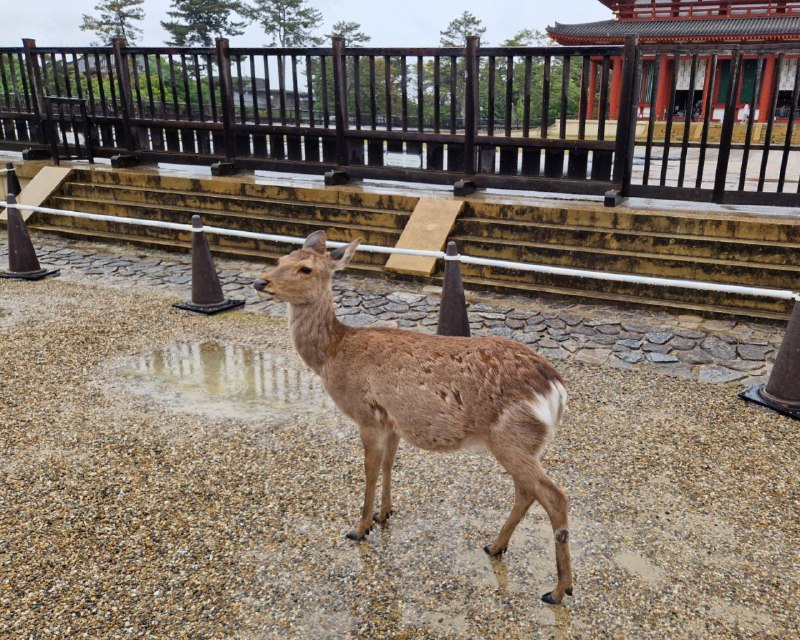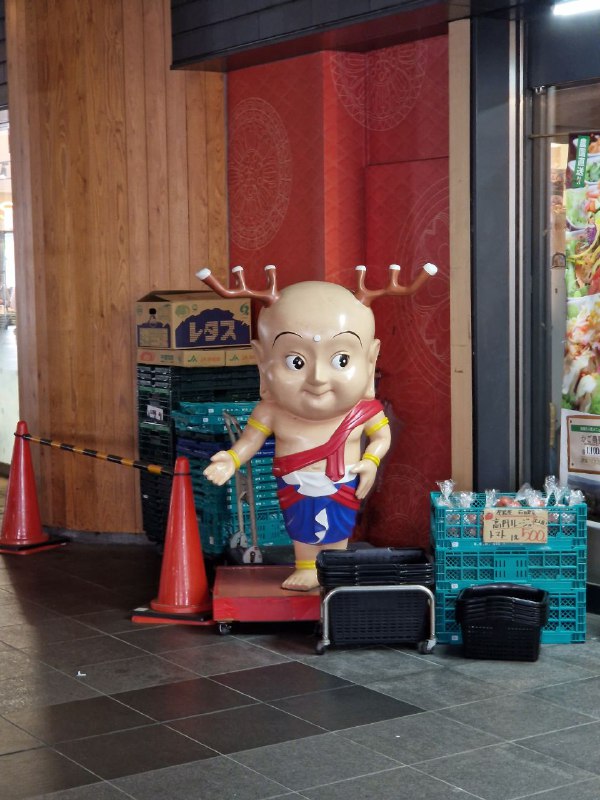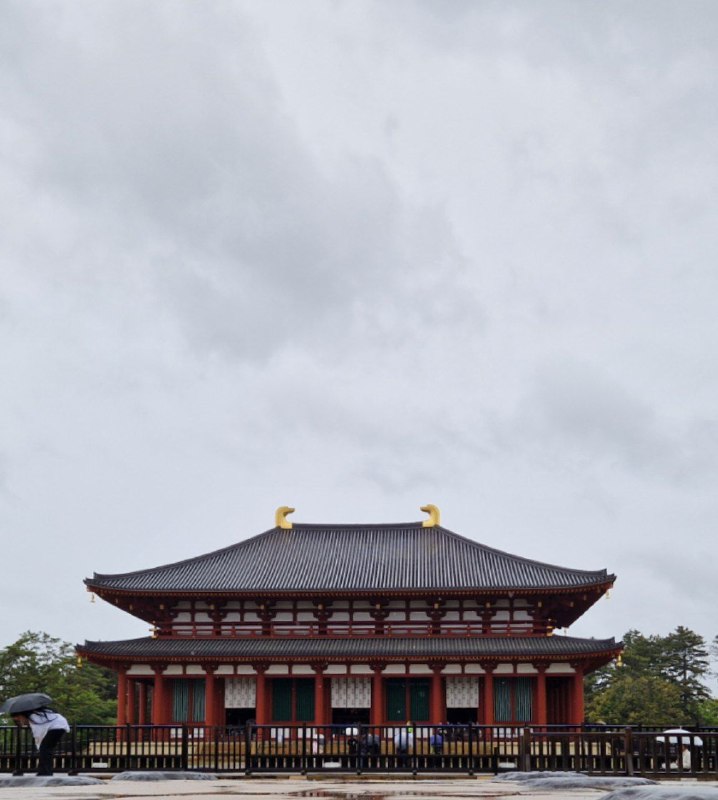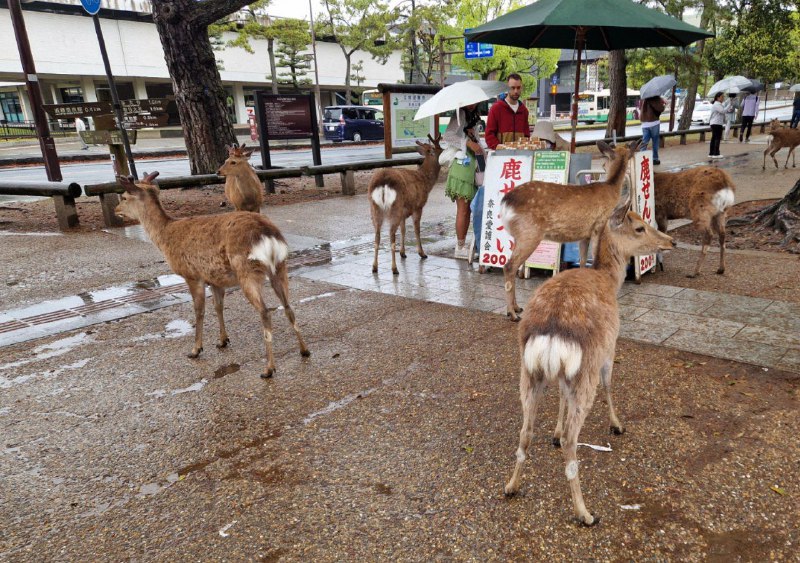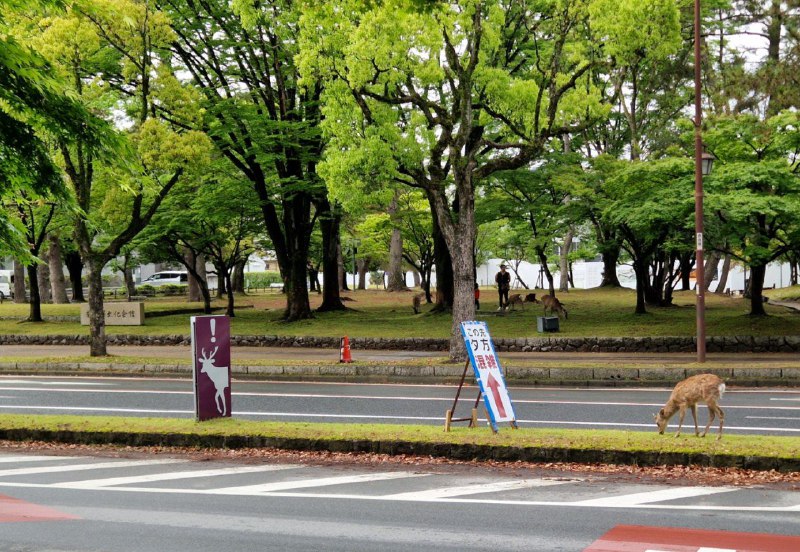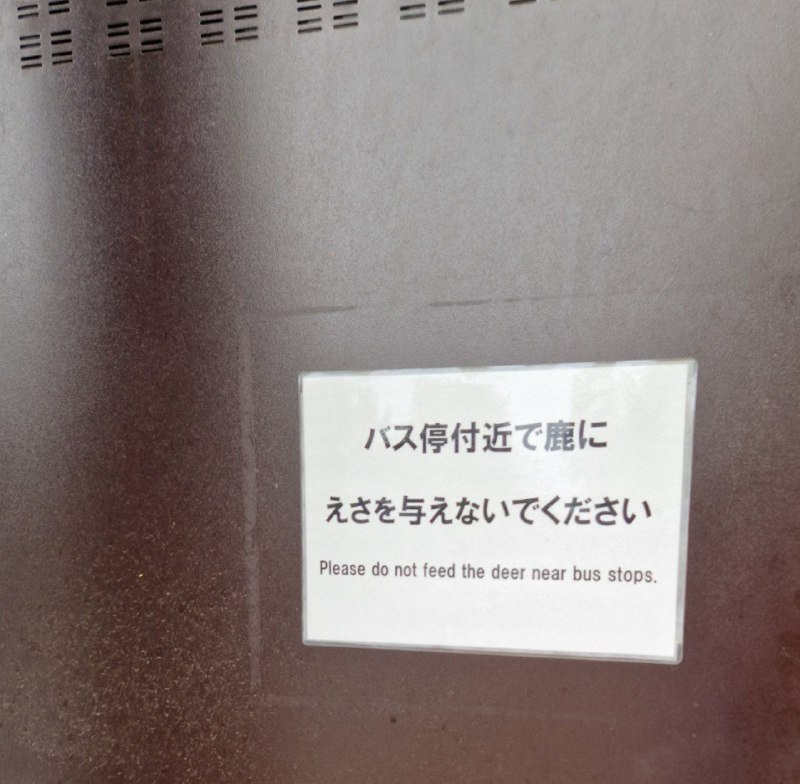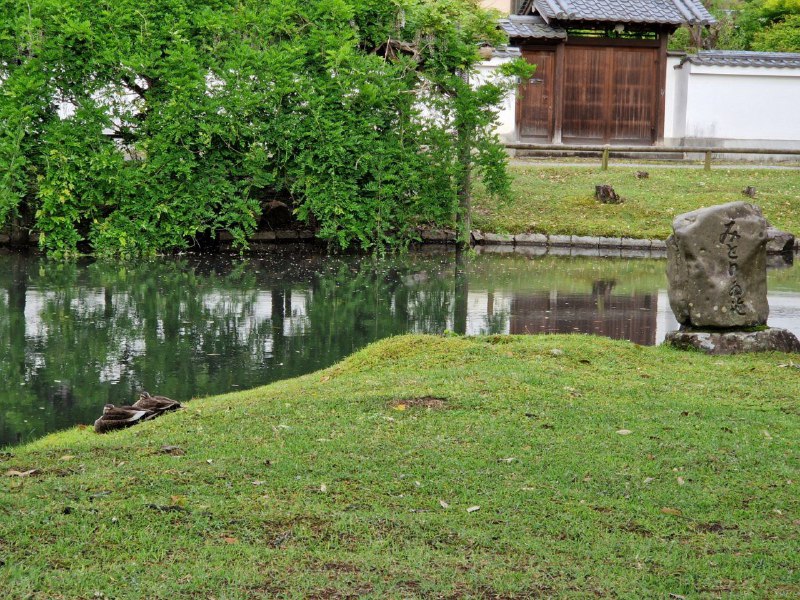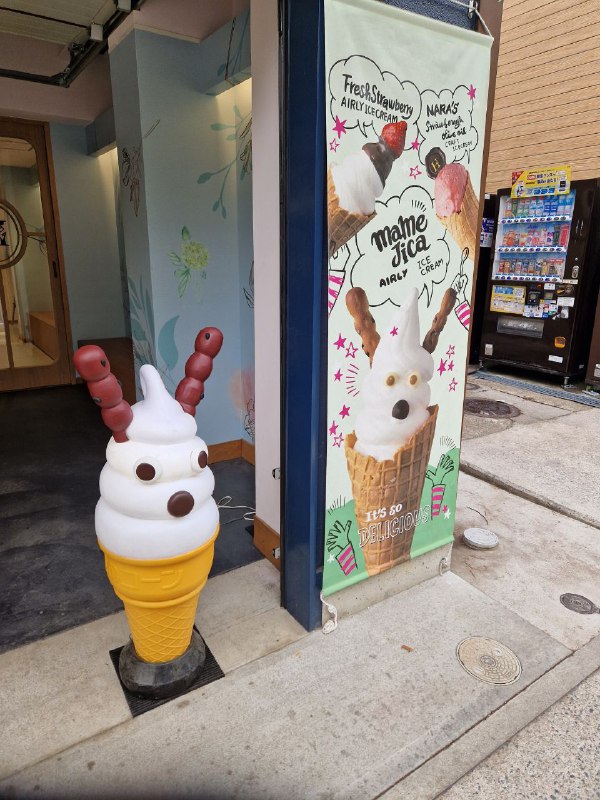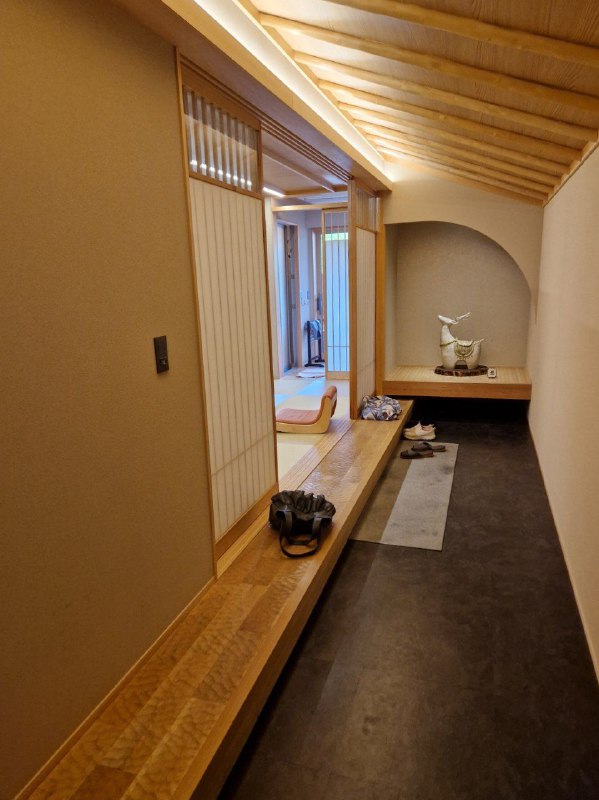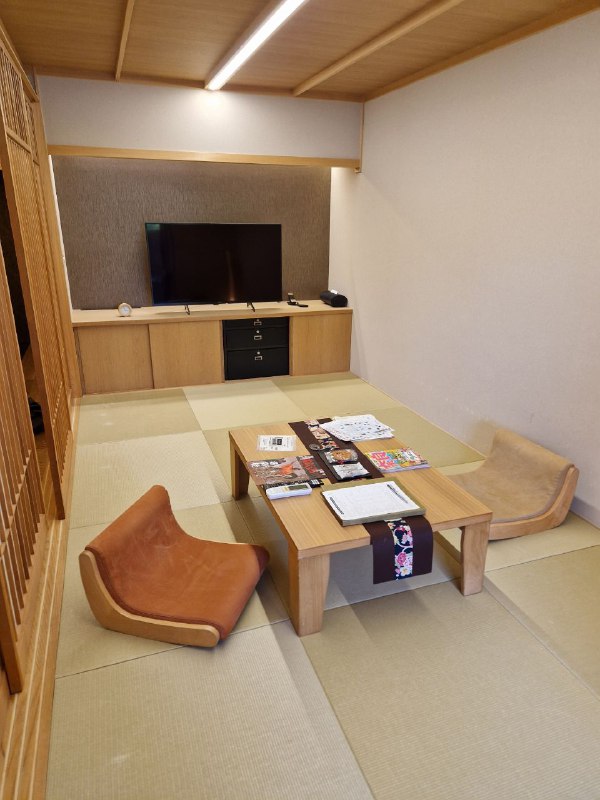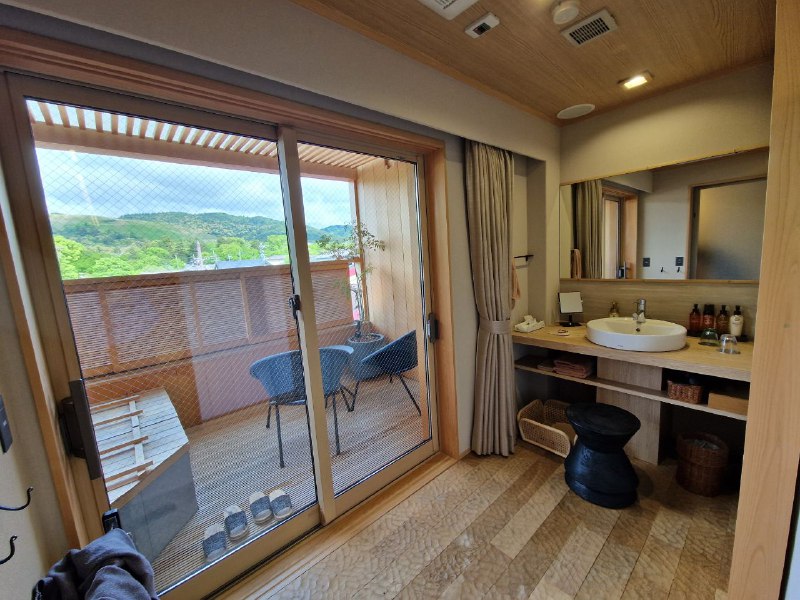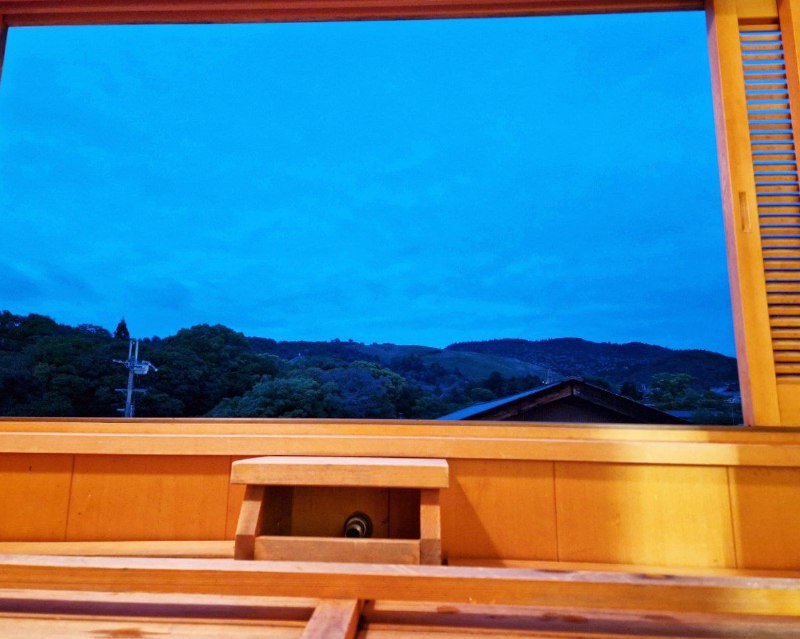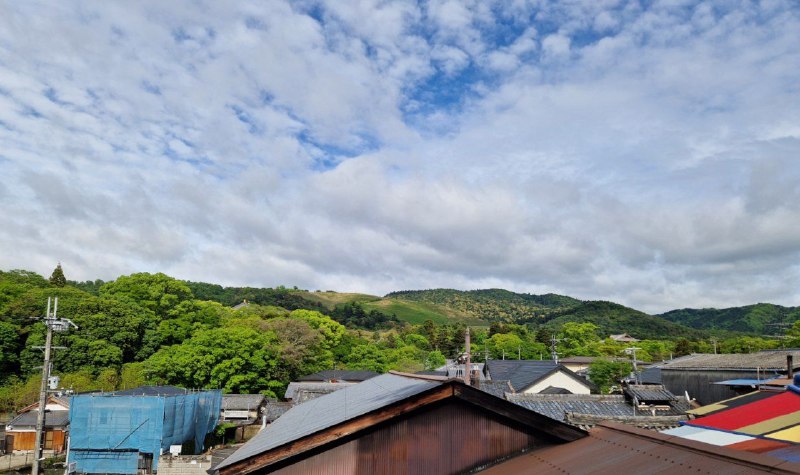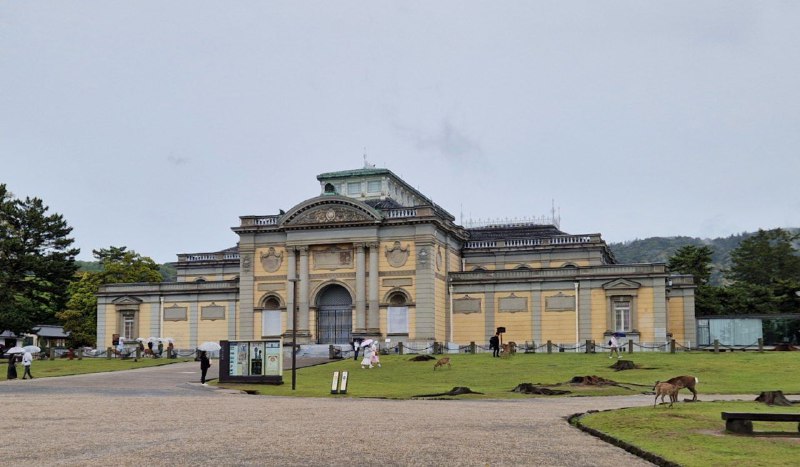Some of you probably can guess where we are today!
Welcome to Nara, the first "permanent" capital
of Japan (from 710 to 784). It is a city with many Buddhist temples and
free-roaming wild deer.
The big Buddhist temples here were founded
around the same time as the capital itself. Many are designated as the
national treasures or world heritage sites.
The deer are wild, some of them are polite and
will bow to you if you bow to them, some are mean and will grab you by
your clothes so you'd feed them.
They mostly camp around places that sell shika senbei ("deer cracker"), a treat one can give to a deer. It's very fun, the deer will chase you forever as long as you have a shika senbei in your hands.
They mostly camp around places that sell shika senbei ("deer cracker"), a treat one can give to a deer. It's very fun, the deer will chase you forever as long as you have a shika senbei in your hands.
Generally, deers cross the road with humans,
following the traffic lights. But sometimes they just decide the grass
looks great between the lanes.
Humans and deer can generally cohabitate the
city, but sometimes deer cause trouble. The males could suddenly start
fighting fiercely, for example. There's also deer poop everywhere, RIP
my shoes 😂
A duck pond
A deer ice cream.
I asked my Japanese friends what souvenirs people get in Nara, and they said anything deer shaped, including sweets, will do.
I asked my Japanese friends what souvenirs people get in Nara, and they said anything deer shaped, including sweets, will do.
Today we're staying at yet another Japanese style hotel.
The room is not very large, but you can tell it's a luxury hotel
It has an open air bath on the balcony, and you can see the national park while you bathe
Well, unless it's night. When it's night, you can't really see anything.
It's pretty during the day though...
There aren't that many photos today because
we've spent most of the day at the Nara National Museum, and photos are
prohibited inside of the museum. The museum is mostly Buddhist artifacts
from 7th to 9th century, including multiple artifacts designated as
"national treasures". The museum kind of expects the visitors to know a
thing or two about Buddhism; otherwise it's just ancient statues and
swords.
